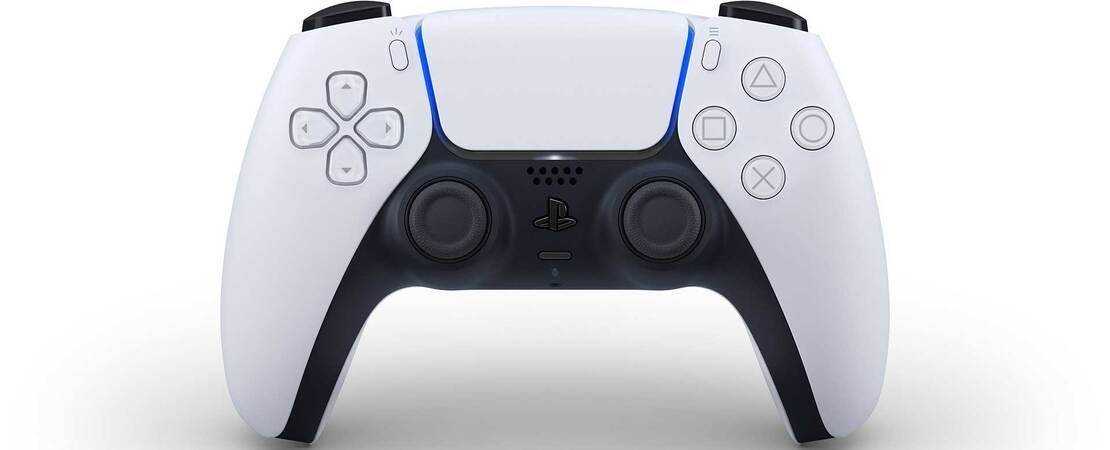The new idea behind Sony's patented controller
The current generation of game consoles is already pushing the boundaries when it comes to controllers. In particular, the DualSense controller of the PlayStation 5, which introduced haptic feedback and adaptive triggers, has been praised for its new features. However, it seems that Sony is not resting on its laurels, but instead working to push the boundaries even further.
The company has recently patented a new controller design that includes an elastic area that can change its shape and temperature and respond to various physical inputs such as touch, pressure, twisting, and rubbing. Of course, this does not necessarily mean that it will ever become a reality. However, it does show Sony's intention to continue to be innovative. If this idea is well executed, it could be fantastic. On the other hand, it could also be a setback for the industry if it falls into some common pitfalls.

Potential for Increased Immersion and Accessibility
Game developers are constantly striving to make their games more immersive. Sony's patented controller would certainly offer more possibilities in this regard. Changes in the controller's shape and temperature would make environments and interactions much more immersive. Developers could also get more creative by emphasizing creepy horror scenes with cold hands or intensifying intense moments with heat.
A greater range of inputs could further increase immersion by prompting players to physically perform certain actions on the screen using the controller's elastic area. This feature could also open up new options for gameplay by allowing for a greater variety of movements, similar to additional button mapping options on the back of the DualSense Edge creating more options and customization for players.
Finally, these new input options could offer a variety of new accessibility options. Players who have difficulty pressing multiple buttons while playing could use the elastic area to instead use various sensory inputs to control their movements on the screen. While this won't help everyone, such a controller could open up the hobby to a wider audience, which can only be positive.
Possible Issues and the Question of Cost
Although immersion is an important aspect of video games, a fine balance must be maintained. If games become too immersive, this could negatively affect the gameplay for many players, as not everyone wants to be consumed by hyperrealism. Gaming is an escape for many people, and it could therefore be counterproductive if it becomes too realistic or complex.
In addition, the elastic and temperature-dependent functions could quickly be forgotten if developers do not use them sensibly or if it is not worth spending time on them. Of course, the success of this patented controller remains to be seen (if at all), but a crucial factor will undoubtedly be the cost.
The manufacturing costs of such a controller would likely be very high, which would affect customers. If it is an expensive, optional premium controller, it is possible that developers will not devote the necessary resources to support the functions. If it is to be the next standard controller - for example, for the PlayStation 6 - this could drive up the price of the console package and keep many people away from the hobby.
What Sony Can Learn from the VR Gaming Industry
VR gaming has similar issues, and Sony should learn from it when it comes to innovating its controllers. Although the technology is very immersive, many fans prefer the simpler feel of traditional console gaming. Price is also a big issue that Sony must consider if it wants to be successful with this patented controller.
Ultimately, it remains to be seen whether Sony's new controller design will ever become a reality and whether it can become a game-changer for the industry. Until then, we can only wait for more information and continue to enjoy the excellent DualSense controller of the PlayStation 5 in the meantime.

